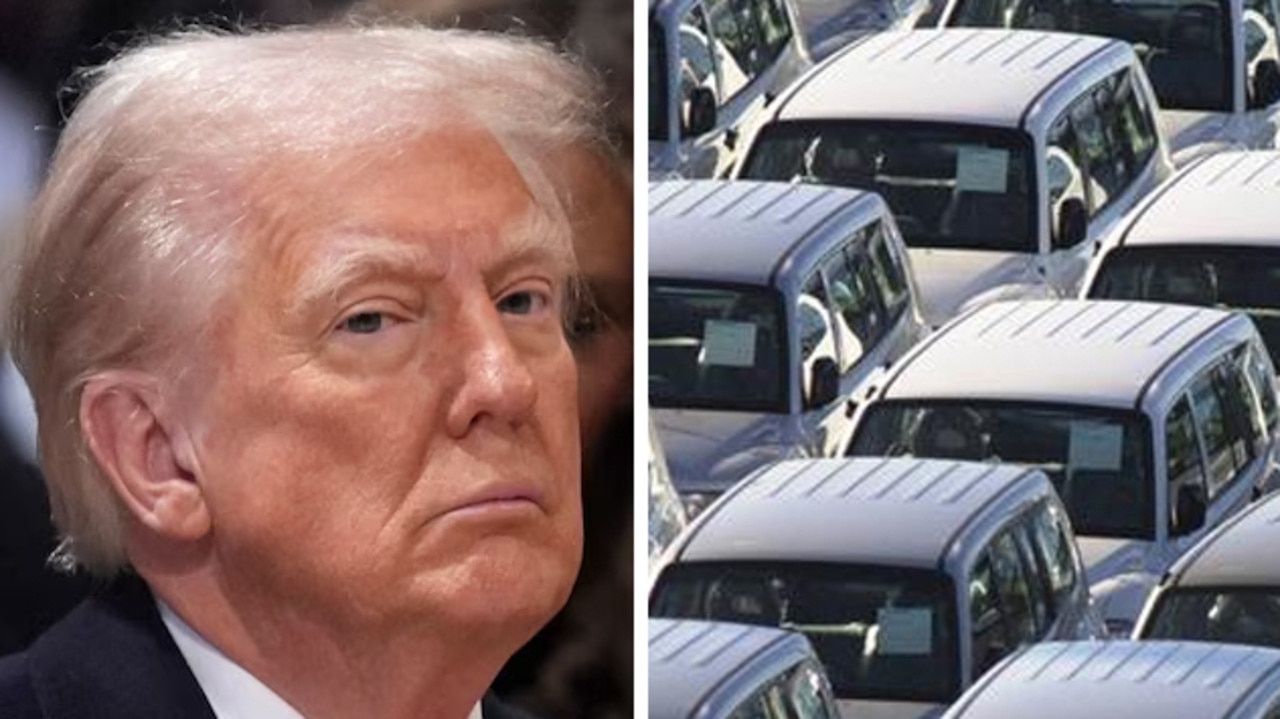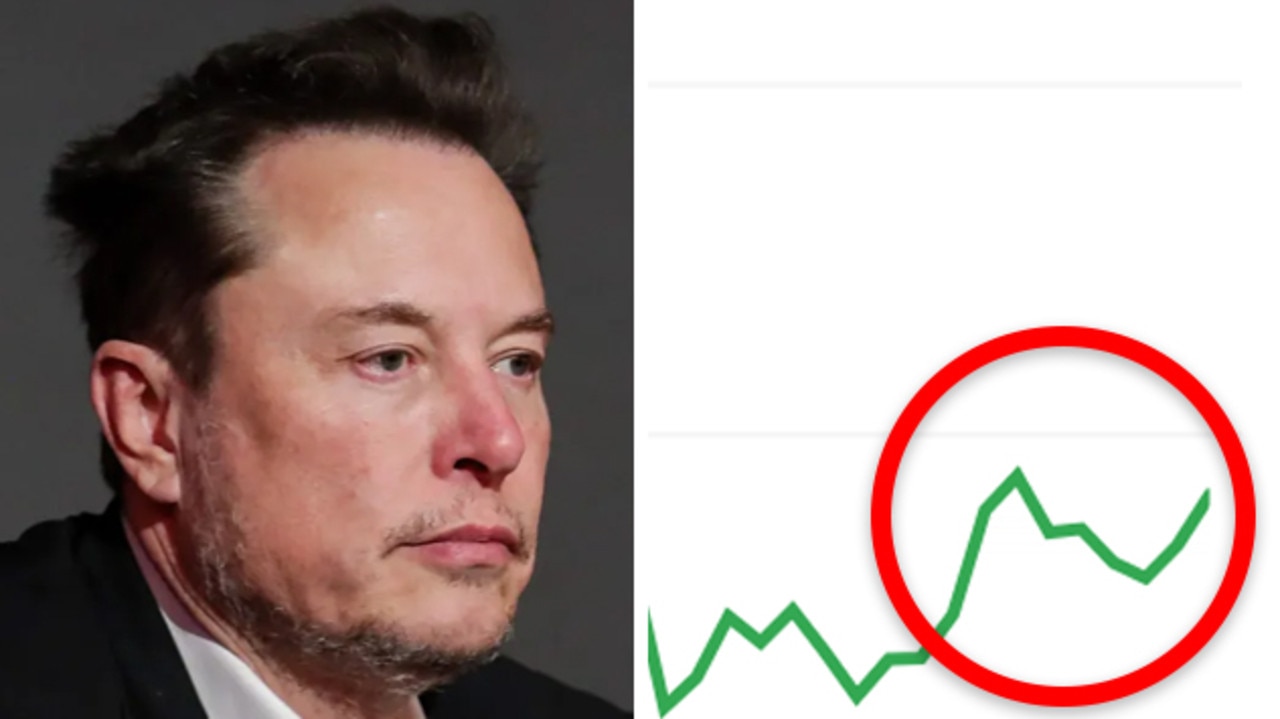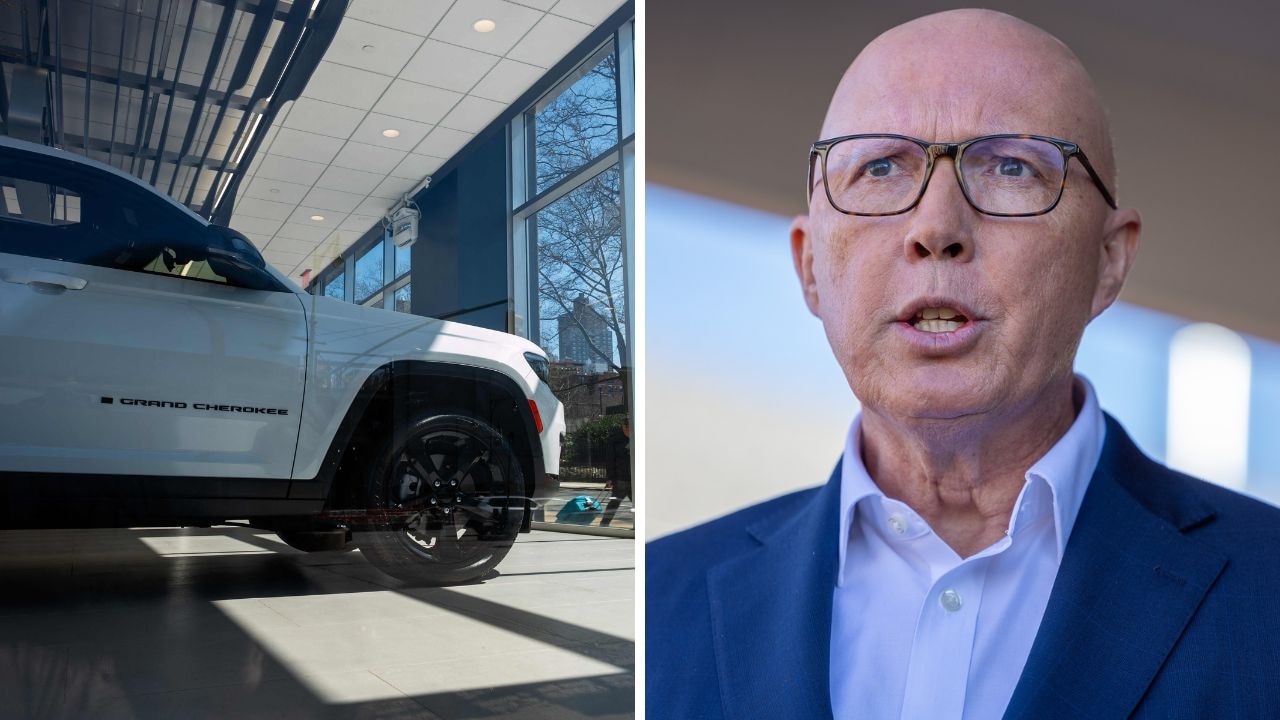Why the Porsche 911 Dakar is perfect for Australia
This dream machine challenges the traditional boundaries of high-end sports cars, making them more usable and versatile than ever.

The Porsche 911 Dakar isn’t the fastest car you can buy, but it might be the most fun.
It looks like a cartoon and drives like an action movie.
Like the star of a blockbuster police chase, the 911 Dakar is a riot of squealing rubber, thunderous exhaust, exaggerated body movement and ludicrous slip angles made possible by its rally-bred tyres and soft suspension.
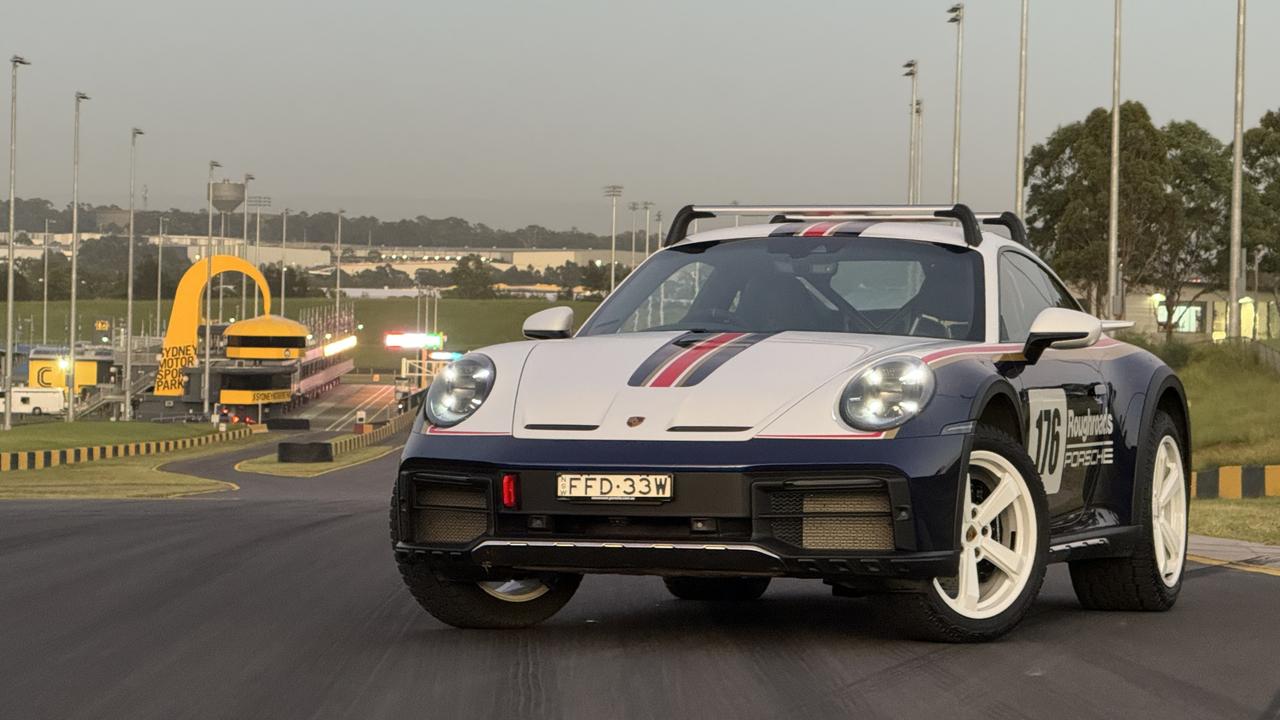
Inspired by desert racers of the 1980s, this 911 has high-riding springs, all-terrain Pirellis, underbody armour and many other touches that push Porsche’s icon into new territory.
Or just about any territory you can imagine.
Pessimists might suggest this is a cynical way to carve out a new niche and cash in on millionaire collectors.
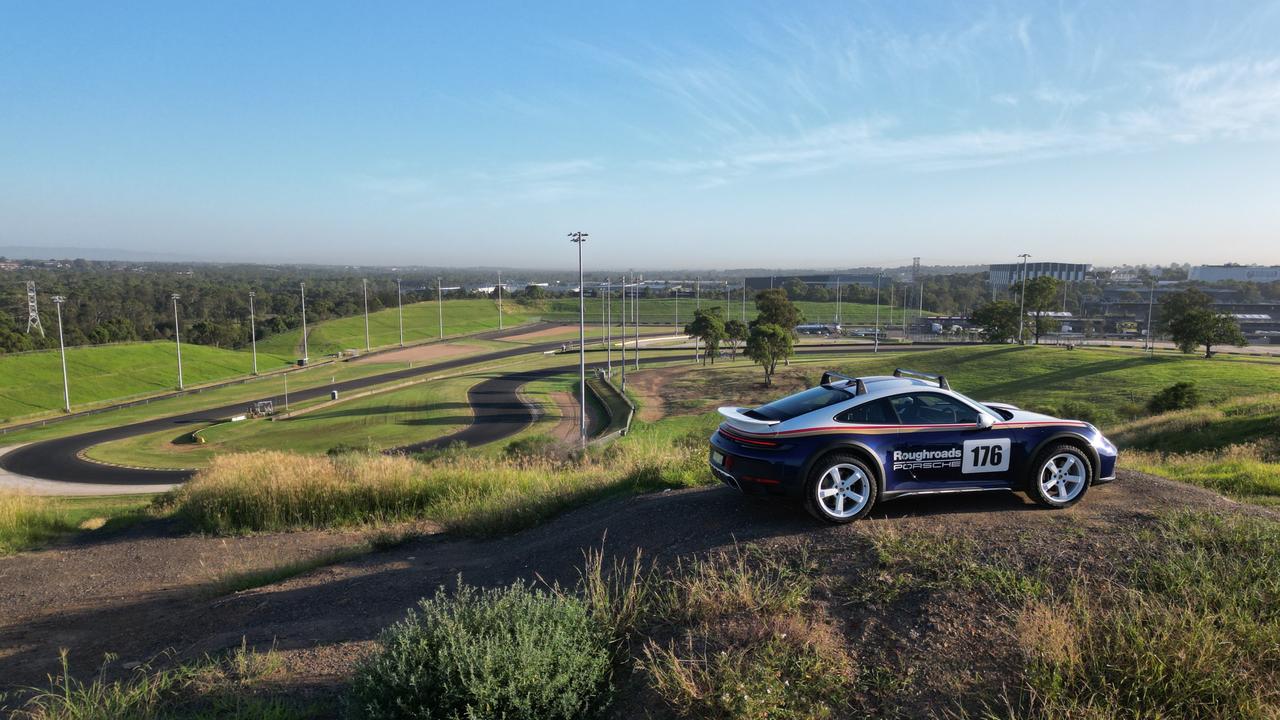
But it also represents a paradigm shift surrounding what supercars should be.
Many big-dollar cars only shine on track.
But the Dakar is designed to work everywhere. On road, on track, on tar, dirt and snow.
We put it to the test at Sydney Motorsport Park, an extraordinary facility that combines a first-class racing circuit with hardcore four-wheel-drive training routes, grass and gravel trails, and a slippery tarmac skidpan – you can book access to all of those facilities through Driving Solutions.
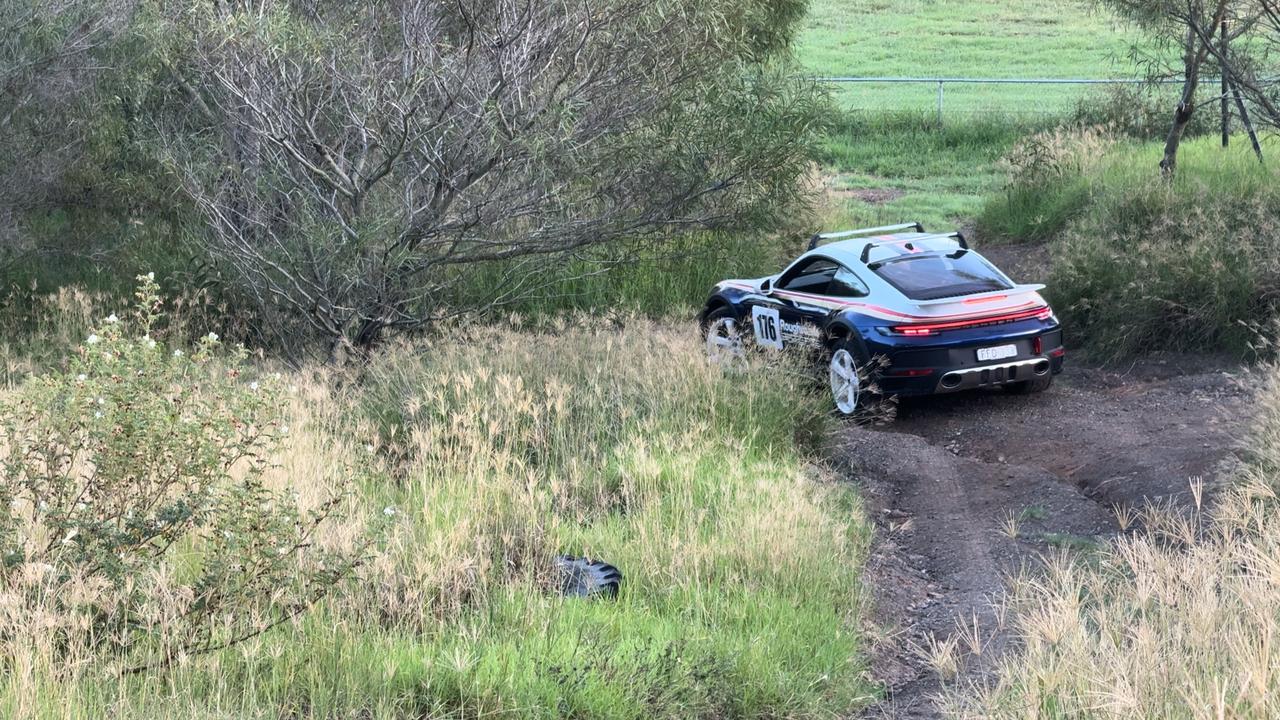
But few cars will do all that in one hour.
This is the perfect playground for a car with an especially broad set of skills.
You strap into the same carbon-fibre racing seat and harnesses as the track-honed 911 GT3, taking hold of a suede-like steering wheel with metal shift paddles.
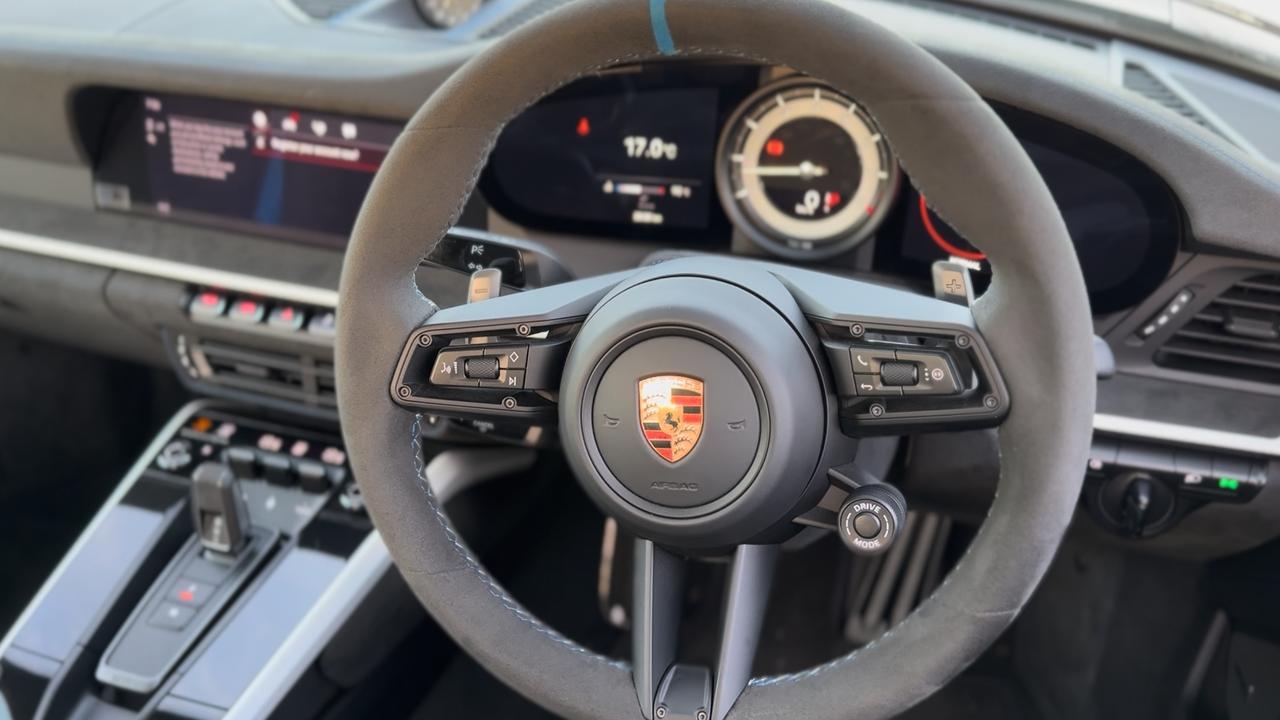
But the driving experience could not be more different to Porsche’s circuit-bred machines.
The Dakar’s all-terrain Pirellis have an especially loose hold on dry tarmac, so much so that it almost feels like driving on a wet road.
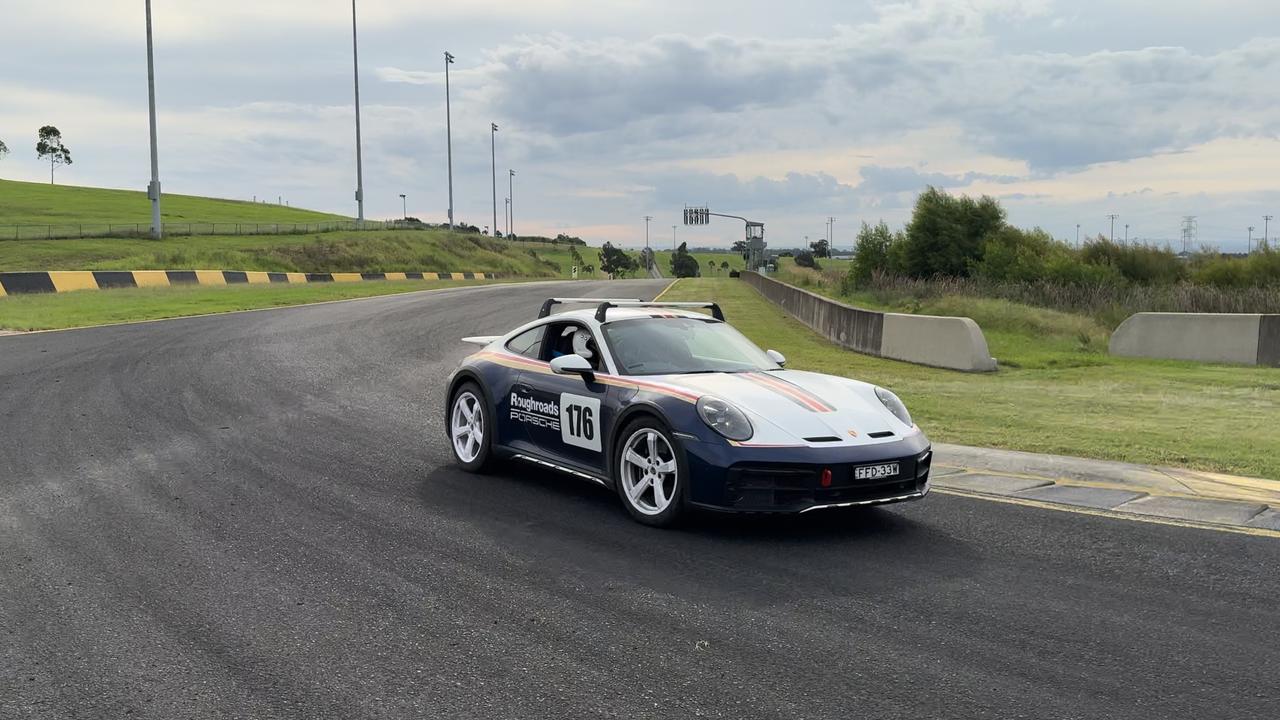
The reduced grip results in a car that slides sooner and more progressively than any other Porsche. It comes to life earlier than racetrack specialists that deliver their best on the scary side of 200km/h, exaggerating driver input with pronounced weight transfer.
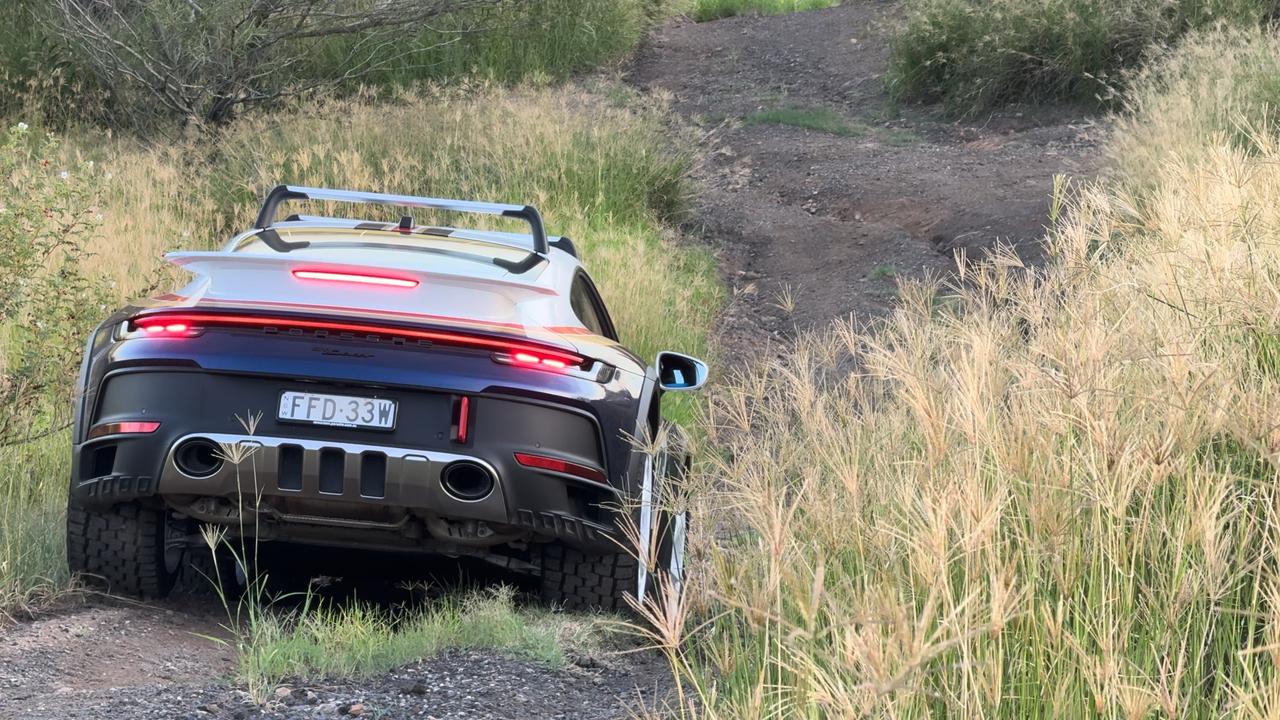
Crisp steering and race-bred seats make you feel like a hardwired element in this driving machine.
The Dakar might be the slowest 911 on a circuit, but you’ll have the widest grin.
And the best part is that you can turn just about any terrain into a track.
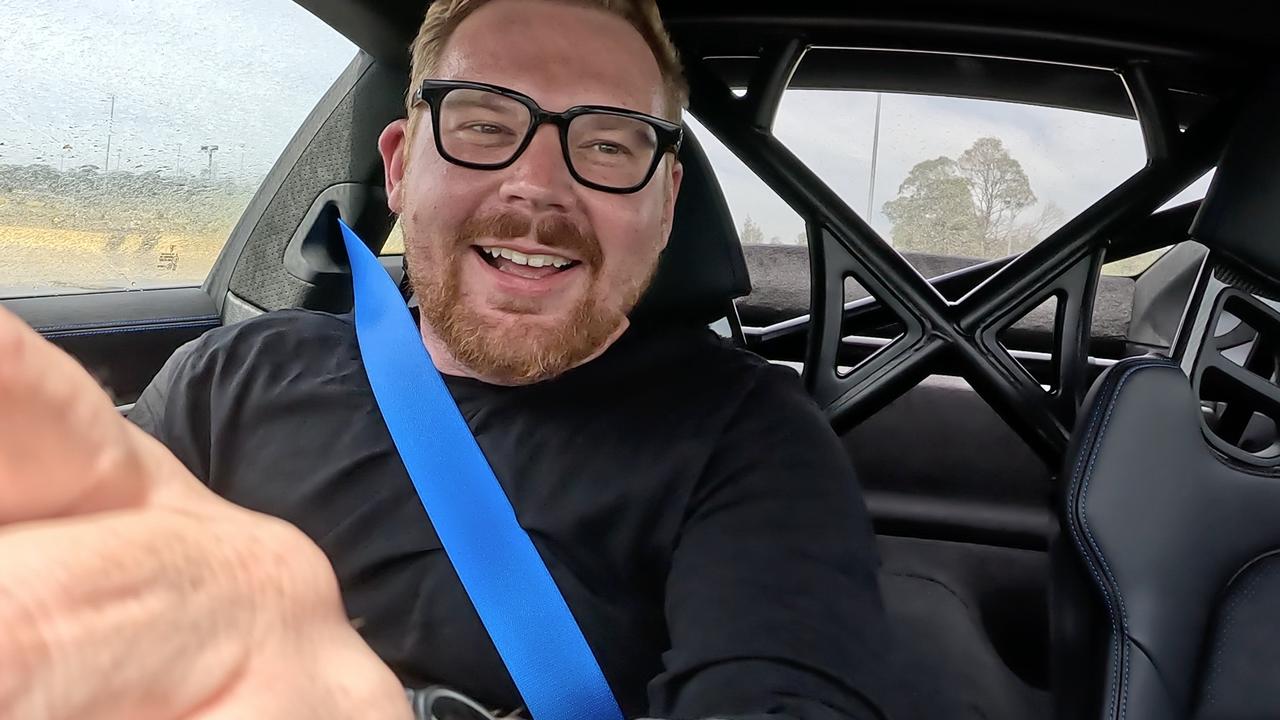
It uses an 80 millimetre lift in ride height to scramble over rocks and stones.
Clever all-wheel-drive delivers a surprising degree of traction on dirt, and underbody armour reinforces confidence to move with pace.
Other changes include protective grilles for cooling inlets, a carbon fibre bonnet and rear spoiler to reduce weight, and recalibrated software with a “Rallye” driving mode that leans into sideways shenanigans.
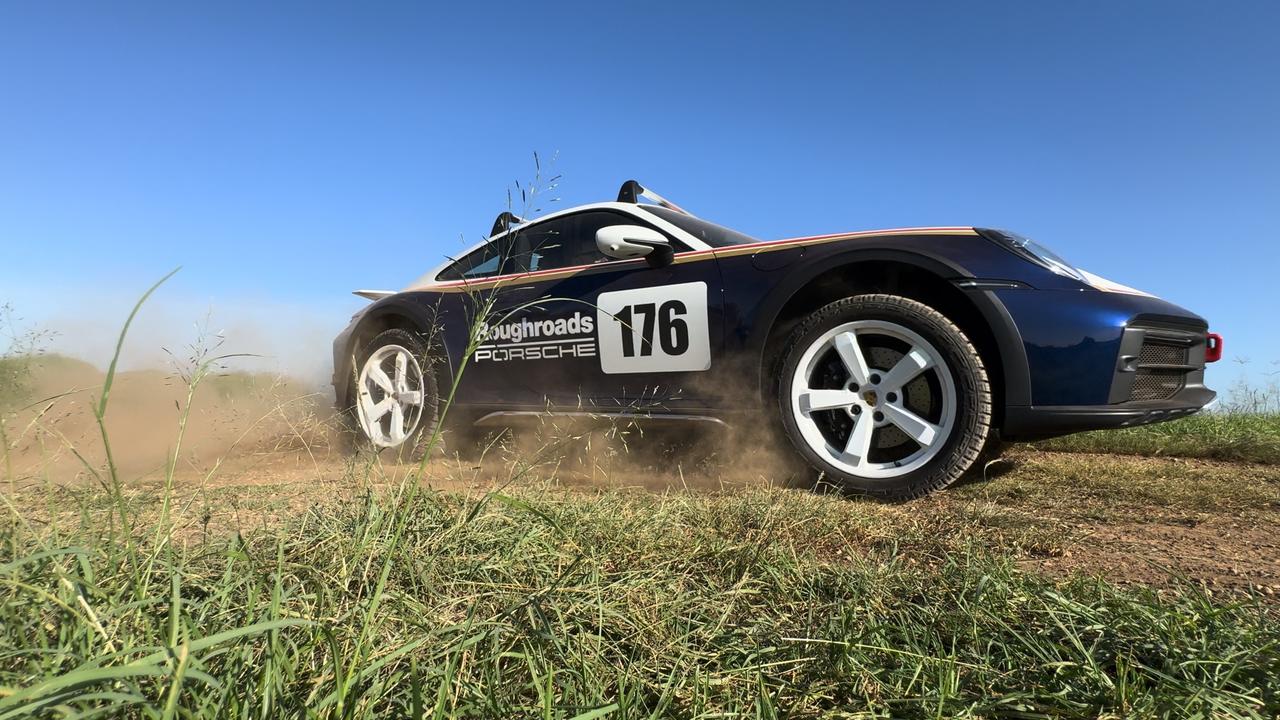
Powered by a 3.0-litre flat six that makes 353kW and 570Nm – though it feels stronger – the Dakar uses an eight-speed dual-clutch automatic transmission to rip to 100km/h in 3.4 seconds.
Knobbly tyres limit its top speed to 240km/h.
Yours for about $530,000 drive-away, the Dakar ranks toward the upper end of the two dozen models in the 911 range.
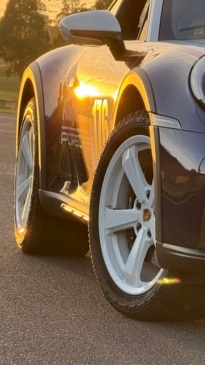
As is ever the case with Porsche, the options list is both enticing and expensive.
The big ticket item is a $54,730 “Rallye design package” in tobacco-retro colours of Le Mans and Dakar winning racers.
Our test car also has a $7350 Rallye Sport package with a roll cage, race harnesses and fire extinguishers.
Tempting options include a “roof basket” with integrated spot lights (about $10,500), and a roof accessory pack including recovery boards, a shovel, water canisters and cargo bag ($2000).
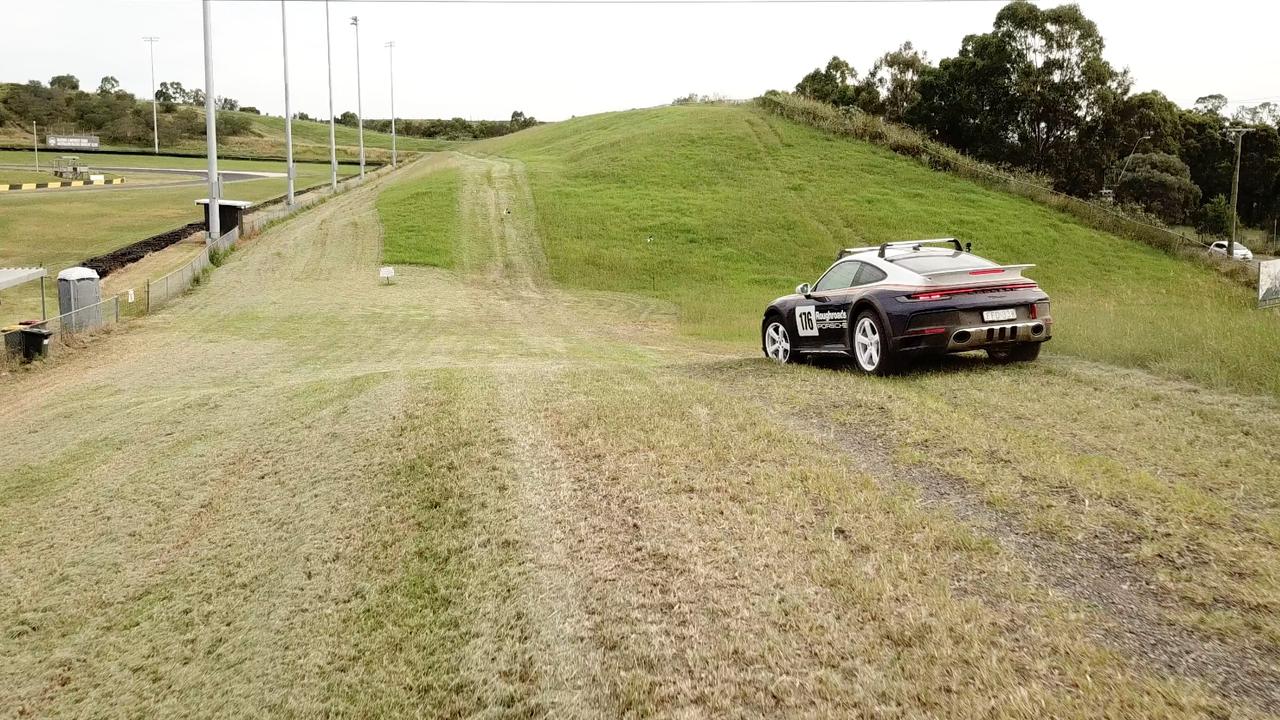
A roof-mounted tent ($8600) is impossibly cool, and you’ll want the optional protection package with mud flaps and underbody armour ($2800).
A spare set of wheels with conventional tarmac tyres ($14,000) make sense and a Burmester stereo ($6700) helps drown out the Dakar’s extra road noise.
You might ask the dealer to throw in a set of all-weather floor mats ($350) as a sweetener, but we’d give the titanium wheel bolts ($3000) and carbon fibre mirror covers ($2000) a miss.
None of this is sensible.

A thirsty, high-performance car with a 67-litre fuel tank won’t take you far off-road, and the lack of a spare wheel is silly.
The $600,000-plus price (as tested) is tough to swallow.
But this supercar can take you places that others cannot, with speed and style we’ve never witnessed in an off-road machine.
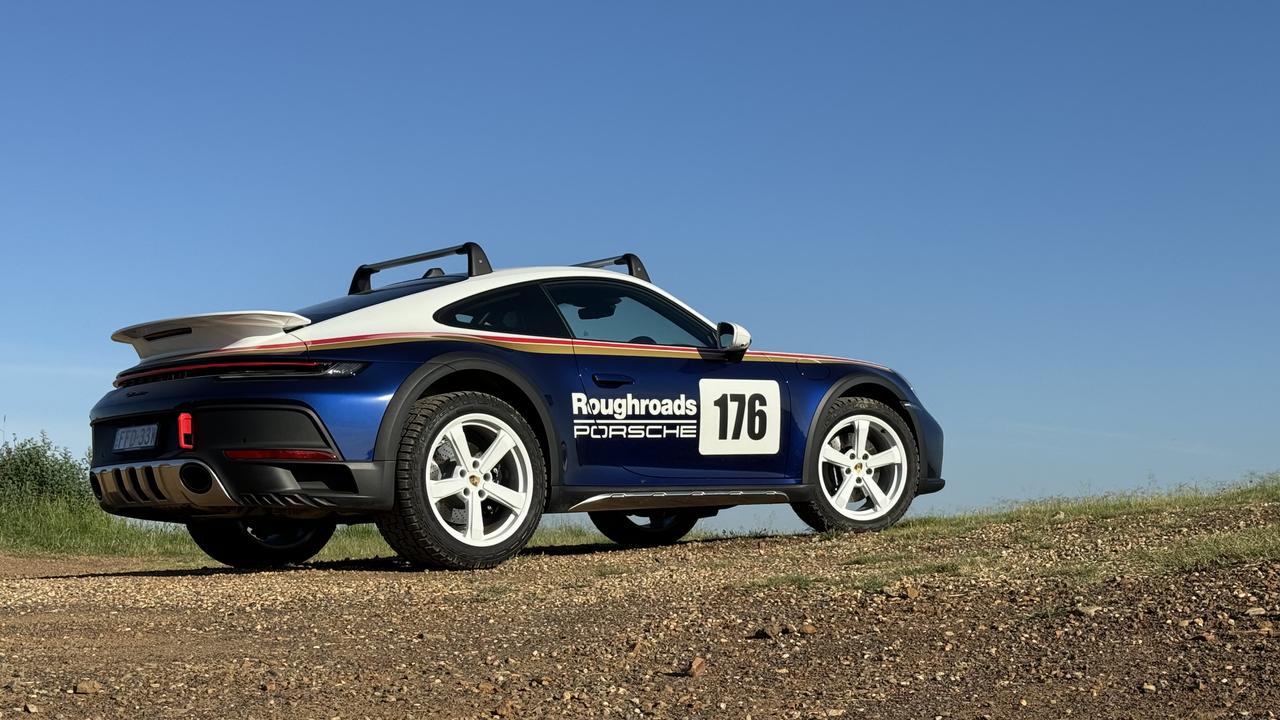
VERDICT
Four and a half stars
This new breed of supercar is more fun – and relevant to Australia – than rival exotics.
PORSCHE 911 DAKAR
PRICE From about $530,000 drive-away
ENGINE 3.0-litre six-cylinder twin-turbo, 353kW and 570Nm
WARRANTY/SERVICE 3-year/u’ltd km, no capped price servicing
SAFETY 6 airbags, auto emergency braking, adaptive cruise control, lane-keep assist, rear cross-traffic alert
THIRST 11.3L/100km
CARGO 132 litres
SPARE Strap it to the roof
With thanks to Sydney Motorsport Park events specialists Driving Solutions.

